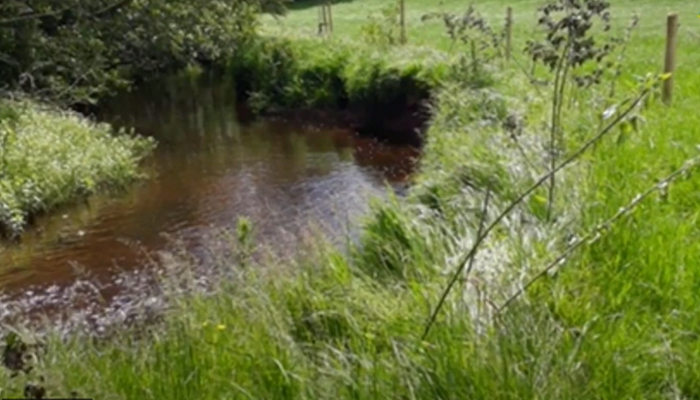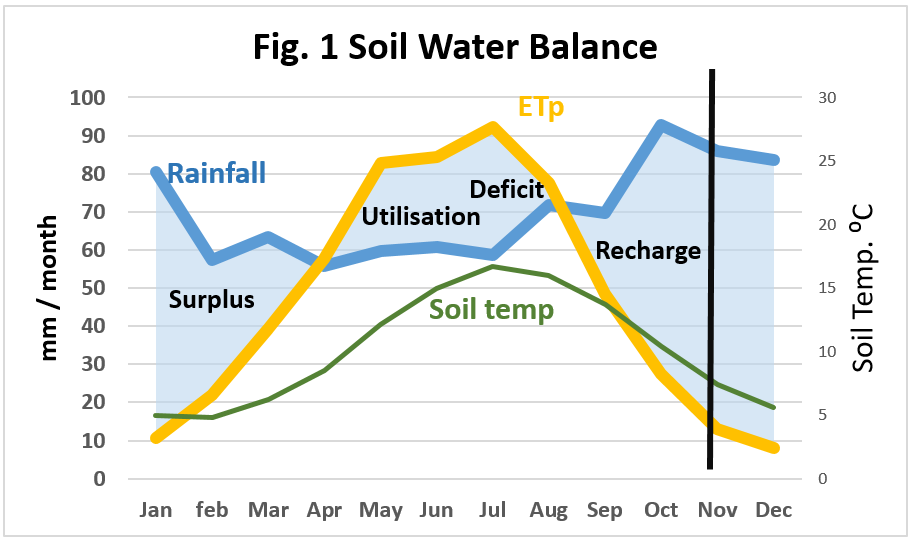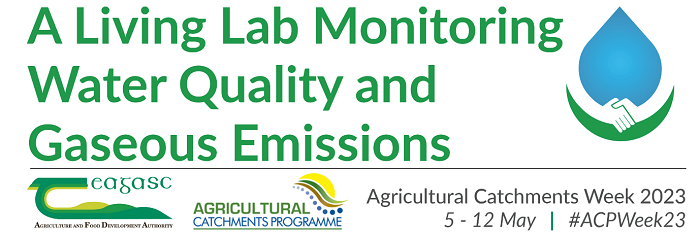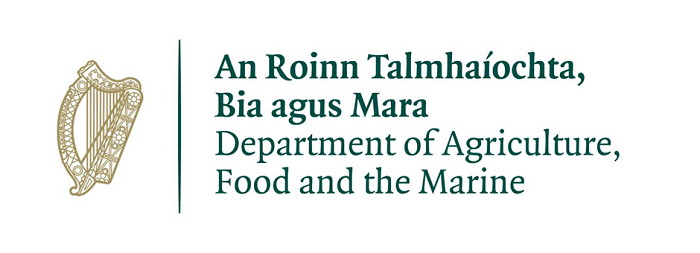09 May 2023
The seasonality of nitrate loss to rivers throughout the year

Recent changes to regulations under the Nitrates Action Plan have reduced the amount of chemical nitrogen (N) allowed on grassland, and ‘banding’ of dairy cows has reduced stocking rates allowed on many farms.
These changes are a consequence of observations by the EPA, highlighting increased amounts of nitrate entering estuaries each year along the east and south coast.
In this article, as part of Agricultural Catchments Week, Edward Burgess, Agricultural Catchment Specialist, explains that when discussing this issue, terms like ‘load of nitrogen’, ‘stocking rate’ and ‘nitrogen use efficiency’ are used. However, all of these usually refer to an annual figure, which can be and often is misleading when trying to decide on what to do to reduce nitrate losses.
There is no doubt that, everything else being equal, the greater the amount of N applied to land (by fertiliser application, increased stocking rate, or both), the greater the risk of N loss to water. But there are many other factors that influence nitrate loss. Soil type is extremely important, with light, free-draining soils being much riskier than heavy soil, where rainfall is more likely to flow over the surface. The weather also has a big impact, with the drought in 2018 being of note. This resulted in higher than average nitrate losses in 2019 for most rivers in the country.
The Agricultural Catchments Programme (ACP) has measured nitrate losses in six contrasting catchments every 10 minutes for the last 14 years, which has given an insight into the complexities of this issue. There are times of the year when we lose a lot more nitrate, and other times very little. Nitrate dissolves easily in water, and as water moves down through the soil it can bring with it nitrate that has not been taken up by a growing crop. This dissolved nitrate can then be carried to the ground water table and will eventually emerge in springs, field drains and ditches, all of which feed rivers and lakes and eventually the sea. This can happen in a couple of hours, days, or over many years.
In order for this loss of nitrate to happen two things are required:
- Available nitrate in the soil that is surplus to crop requirement;
- Water moving down through the soil.
There are significant times during the year when water is not moving down through the soil. We all know what the Irish weather is like, and we can get plenty of rain at any time of the year. However, each year about half a meter (18 inches) of moisture leaves the land through ‘evapotranspiration’. Daily amounts vary from zero during dull short days in the winter to 4 or 5mm in June and July. Usually evapotranspiration exceeds rainfall during the summer months, soils dry out and the water table falls. The result is that not much water is moving down through soils, and even if there was nitrate surplus to crop requirements it wouldn’t be carried. See Figure 1 ‘Soil Water Balance’.
Figure 1: Soil Water Balance

Crop growth also varies during the year, with grass growth rates ranging from zero in mid-winter, to over 100kg of DM/ha/day in May and June. During the peak growing season, grass is an extremely efficient crop for utilising nitrogen. In addition, in Ireland, we also have a very long grass growing season, over 300 days in many parts of the country. Nitrate uptake can also be impacted by farm practice, consider how much nitrate is taken up by crop growth immediately after ploughing for example.
The total amount of nitrate-N leaving catchments in the ACP vary from 2.5kg/ha/year in Ballinrobe to 15kg/ha/year in Ballycanew to 35kg/ha/year in Castledockrell and Timoleague. In all of these areas, half of this N left in the stream during the ‘closed period’ for spreading slurry, which lasts for one quarter of the year. The seasonality of this loss is shown in the Figure 2, which plots the average annual N (black line) and monthly concentration (red line) for Timoleague since 2017. Each year the highest concentrations (peaks in the red line) occur during the winter months, from November to February, and the lowest concentrations occur at the end of the summer, usually around September.
Figure 2. The average annual N (black line) and monthly concentration (red line) for the Timoleague catchment since 2017.

There are many sources of nitrate in the soil, clover, chemical fertiliser, urine patches and mineralisation of soil organic matter to name a few. For anyone considering how to minimise nitrate losses to water, it is very important to consider the timing of whatever action they are going to do, and not focus just on the overall average annual stocking or application rate. Avoiding an N surplus to expected crop requirements in the soil at times of the year when water is moving down through the soil is key.
Agricultural Catchments week
This article is part of the Agricultural Catchments Week 2023, which is running from 5th to 12th May. The ACP is running a dedicated week of activities showcasing its research and advisory programme.

The theme for the week is ‘A Living Lab Monitoring Water Quality and Gaseous Emissions.’ There is a mix of in-person events, written articles, podcasts, and finishing with a public open day this Friday, 12th May at the water monitoring outlet in the Timoleague catchment located in Co. Cork.
Acknowledgement
The ACP is funded by the Department of Agriculture, Food and the Marine, and staff have been working with more than 300 farmers across six catchments in Ireland for over 10 years.

